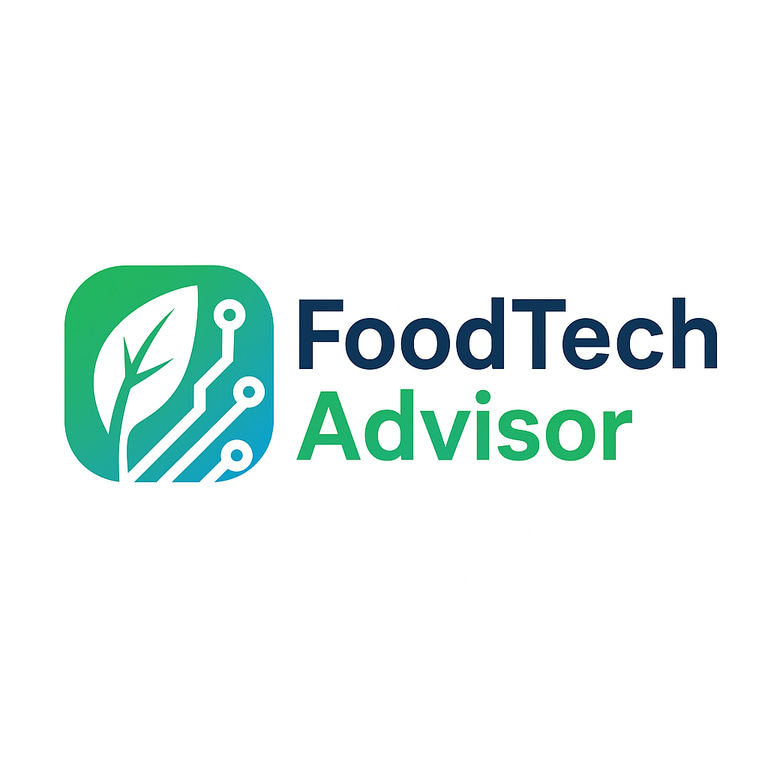Harnessing Innovation for a Sustainable Food Future
Explore how advancements in artificial intelligence and food engineering are reshaping the global food industry. From enhancing efficiency in production to promoting sustainable practices, discover strategies that drive transformation and create a resilient food system for future generations.
snehdeep brar
5/8/20193 min read


Harnessing Innovation for a Sustainable Food Future
The way we grow, process, and consume food has shaped human civilization for centuries. Yet today, our food systems face challenges unlike any we have seen before—climate change, resource scarcity, population growth, supply chain disruptions, and rising concerns around nutrition and safety.
The urgent question is: how can we feed a growing global population while preserving the planet’s resources for future generations?
The answer lies in innovation. By combining advances in science, technology, and cross-industry collaboration, we can reimagine food systems that are resilient, sustainable, and equitable.
Why Innovation is Critical for Food Sustainability
Rising Demand: The world population is expected to reach nearly 10 billion by 2050, requiring up to 60% more food production.
Environmental Pressures: Agriculture contributes to ~30% of greenhouse gas emissions and consumes 70% of global freshwater.
Food Waste: Over 1/3 of all food produced globally is lost or wasted.
Safety & Quality: Foodborne illnesses and supply chain contamination remain global threats.
These challenges are interconnected, meaning solutions must be holistic and innovative—spanning production, processing, distribution, and consumption.
Innovation in Action: Technologies Shaping the Future
1. Artificial Intelligence (AI) & Machine Learning
AI is revolutionizing food systems by enabling predictive analytics, real-time monitoring, and automated decision-making.
Food Safety: AI models detect contaminants and spoilage before products reach consumers.
Smart Processing: Machine learning optimizes factory operations, reducing energy and water usage.
Demand Forecasting: AI improves supply chain efficiency, helping reduce waste from overproduction.
2. Precision Agriculture
Technologies such as drones, sensors, and satellite imagery give farmers a new lens into their fields.
Targeted irrigation and fertilization conserve water and minimize chemical runoff.
Soil health monitoring ensures long-term land productivity.
Yield prediction models reduce uncertainty and optimize resource allocation.
3. Next-Gen Food Manufacturing
Digital twins, robotics, and advanced automation are transforming factories into smart manufacturing hubs.
Real-time monitoring of energy and resource usage reduces waste.
Closed-loop systems recycle water and energy within facilities.
Flexible production lines allow rapid adaptation to new consumer trends and dietary needs.
4. Supply Chain Transparency & Blockchain
A transparent supply chain builds both sustainability and consumer trust.
Blockchain systems track food from farm to fork, ensuring accountability.
IoT devices provide real-time data on temperature, location, and storage conditions.
Traceability reduces fraud, ensures quality, and strengthens compliance with global standards.
5. Alternative Proteins & Novel Foods
Protein production is one of the largest contributors to greenhouse gases. Innovation here is essential.
Plant-based proteins reduce reliance on resource-heavy animal agriculture.
Cultivated meat offers a scalable alternative to traditional livestock farming.
Functional foods (enriched with nutrients, probiotics, or adaptogens) support both health and sustainability goals.
Beyond Technology: The Role of Collaboration
While technology provides powerful tools, it is collaboration that will unlock their true potential. No single company, startup, or government can transform food systems alone.
Public–Private Partnerships can accelerate innovation adoption.
Advisory Boards & Research Consortia bring together diverse expertise.
Cross-industry collaboration ensures solutions are scalable and globally relevant.
Equally important is consumer engagement. Transparency, education, and trust are critical for widespread acceptance of modern technologies and novel foods.
A Vision for the Sustainable Food Future
A sustainable food future is not just about producing more—it’s about producing smarter. Imagine a world where:
Every farm leverage AI to optimize resources and protect biodiversity.
Factories are powered by renewable energy and operate in circular systems.
Supply chains are transparent, ethical, and waste-free.
Consumers make food choices with confidence, knowing their meals contribute to planetary health.
This vision is not far away—it is already being built. The innovations exist. What we need now is bold leadership, policy alignment, and the collective will to act.
Final Thoughts
Innovation is the bridge between the challenges of today and the possibilities of tomorrow. By harnessing the power of science, technology, and collaboration, we can create food systems that are resilient, sustainable, and capable of nourishing billions.
The choices we make today—in research, policy, and practice—will define whether we inherit a future of scarcity or abundance. Let us ensure it is one of abundance, built on innovation, responsibility, and sustainability.
